Heating and cooling are the single biggest factors of your monthly energy bill, so it makes sense for most people to consider picking up one of the best smart thermostats to better manage the temperature of your home. The Nest Thermostat E is the best overall option, with a sleek circular design and automated schedule creation based on your habits.
Best overall: Nest Thermostat E
As our glowing Nest Thermostat E review explains, this smart thermostat is easily one of the best smart home choices you can make. It's got all the same features as its big brother, the Nest Learning Thermostat (Gen 3), but without the extra price tag. Many power companies even offer the Nest Thermostat E for a lower price through special local programs, so be sure to call and ask!
Nest's famous brand of automatic scheduling based on local weather conditions, season, type of HVAC unit, and even local ordinances and programs make it one of the most effortless smart home devices on the market. It also works natively with many local utilities companies' rebate programs for energy efficiency.
The design is nearly identical to the more expensive Nest Learning Thermostat, albeit with a white plastic body instead of a black metal one. It's still got that fancy rotating dial for quick temperature and settings selections, as well as a handy click button right upfront. Most notably, Nest thermostats only work with Google Assistant or Amazon Alexa and will not work with Apple HomeKit or Siri (officially, at least).
Since you'll be saving money by choosing the Nest Thermostat E versus the Nest Learning Thermostat, you can pick up a few Nest temperature sensors to ensure that your house is being heated and cooled as evenly as possible.
There are a couple of downsides to our best smart thermostat pick worth addressing. For starters, compared to the Learning model, the Nest E display is a lower resolution, and it's compatible with fewer HVAC systems. You also may have trouble finding the Nest Thermostat E these days, as Google has partially discontinued it in favor of the new Nest Thermostat, another of our top picks.
Pros:
- Includes all the smarts from the Nest Learning Thermostat
- Cheaper than the Nest Learning Thermostat
- Eligible for rebates from power companies
- Compatible with Nest Temperature Sensors
- Works with Google Assistant, Amazon Alexa, and IFTTT
Cons:
- Supports fewer HVAC systems than Nest Learning Thermostat
- Not widely available
- Plastic build can seem cheap
- No HomeKit compatibility
Best overall
Google Nest Thermostat E - Smart Thermostat
Automated temperature controls for tighter budgets
If you aren't concerned with the Nest Thermostat's stainless steel design, the E variant offers almost the same features for less.
Upgrade pick: Nest Learning Thermostat
Like most smart thermostats, Nest's offering can be controlled by your phone or through a voice assistant like Google Assistant or Amazon Alexa (notably, the Learning Thermostat isn't compatible with Apple's HomeKit service). You can set the temperature remotely, or simply rotate the stainless steel dial around the frosted glass display. The Nest Learning Thermostat can also detect when you've left the house to automatically shut down heating and cooling and resume things when you return.
The Nest's defining feature, though, is its ability to learn your preferences by keeping track of when you change the temperature throughout the day, along with factors like the current temperature outside of your home so it can automatically create its own schedule.
It also optimizes energy with Eco Mode, where the Learning Thermostat turns on heating and cooling periodically to maintain optimal settings without wasting power. Nest even keeps track of your energy savings and provides you with helpful analytics throughout the year.
Compared to our top pick, the Learning model has a superior display with Farsight tech, tracking how far occupants are from it and adjusting the size of the display text to make it more visible. It also comes in more color options and generally has a classier appearance on your wall. However, outside of aesthetics, it offers virtually the same software features and energy savings, making it harder to justify the higher cost unless your HVAC system isn't compatible with the Nest E, or if the Nest E goes out of stock.
Pros:
- Sleek stainless steel design
- Comes in many different finishes
- Eligible for rebates through most energy companies
- Learns from your behavior
- Works with Google Assistant, Amazon Alexa, and IFTTT
Cons:
- Room sensors not included
- No HomeKit compatibility
- More expensive
Upgrade pick
Google Nest Learning Thermostat
The sleek thermostat that does most of the work for you
With automatic schedule creation and Eco Mode, Nest's Learning Thermostat can shave a good amount off of your energy bill.
Value pick: Honeywell Lyric T5
The Honeywell Lyric T5 has been around since 2016, but updates and software improvements, as well as a new low price, make it worth looking at again. The Lyric T5 offers smartphone control and Wi-Fi-enabled connectivity with Google Assistant, Amazon Alexa, Apple HomeKit, and even IFTTT (just to name a few). That's more than even some more expensive thermostats offer. It's not the snazziest-looking thermostat on the list, but it looks a lot better than the boring ones that come with many HVAC systems.
The Honeywell Lyric T5 supports 7-day scheduling with up to four scheduling options per day, as well as the ability to use your phone's location to switch between home and away modes automatically. It'll even consider the outdoor weather for the most efficient heating and cooling of your home. It requires a C wire, though, so it might not be compatible with some older HVAC systems.
Pros:
- Very affordable
- Can use smartphone location for scheduling
- Supported by every major smart home platform
- Simple touchscreen interface
Cons:
- Limited automatic scheduling
- Not as sleek as other options
- Usage statistics aren't very detailed
- Requires C wire
Value pick
Honeywell Home Lyric T5 Smart Thermostat
Great thermostats don't have to cost an arm and a leg
The Honeywell Lyric T5 is an easy choice to make your home feel smart, and your wallet feel even smarter.
Best for Google Home users: Nest Thermostat
Google has largely shelved our favorite smart thermostat in favor of its new budget Nest Thermostat, priced low to attract shoppers who see Nest devices as niche or luxury items. You can check our Nest Thermostat versus Nest Thermostat E comparison to see how the two models stack up in greater detail, but in essence, the newer thermostat looks great but ditches the temperature turn-dial for a touch strip on the side, and also abandons the automatic temperature learning features and remote sensor support of its predecessors.
Nevertheless, this thermostat does bring some useful smarts to your home. It uses a Presence Sensing mode that uses Nest Thermostat sensors, phone tracking, and other Google Home compatible devices to determine if anyone is home, then sets your home to an Eco temperature if everyone is away. It also monitors your HVAC performance and sends you a warning if it senses something wrong with it, such as taking too long to heat up your house or shutting off before it reaches the right temperature. Our guide on how to use HVAC monitoring on a Nest thermostat explains how it works.
Otherwise, so long as you're comfortable setting your own temperature schedule in the Google Home app, this affordable smart thermostat will save you money, both when you buy it and every month thereafter.
Pros:
- Soli motion tracking and geofencing
- Savings Finder mode and HVAC monitoring
- Intuitive swipe temperature controls
- Mirrored IPS lens with multiple color options
- One of the cheapest smart thermostats
Cons:
- May require a C wire for enough power
- No room sensors or learning functionality
Best for Google Home users
Google Nest Thermostat
$130 at Amazon $130 at Best Buy $130 at Bed Bath & Beyond
A great beginner's thermostat
You're buying this to save on your energy bill, so start by saving money on this thermostat, designed for a Google smart home.
Best with a room sensor: Ecobee4 Smart Thermostat
Ecobee is a hugely popular alternative to Nest that offers touch screens on its smart thermostats, with a flatter, more squared-off design. It's even got Alexa built directly into the unit (though it works with Google Assistant, too), so you can call out temperature change commands to it without needing a dedicated smart speaker.
It can detect when you leave the house and turn off heating/cooling automatically. The included room temperature sensor comes in handy for homes with multiple floors — an excellent add-on considering the Ecobee4 sits around the same price as the Nest Learning Thermostat. Those included room sensors also help better balance your home out of the box, so you won't need to worry about buying additional accessories.
Eco+ is a feature that was added to Ecobee thermostats in 2019 and is designed to help automate your thermostat for a more power-efficient schedule. While this feature works wonders in certain climates, some users in more humid climates have complained that it does the opposite, so your mileage may vary.
We'll keep recommending the Ecobee4 as long as it's available. Still, like the Nest E, it's decreasingly available from major retailers as Ecobee pushes its new 5th Gen Ecobee SmartThermostat with Voice Control— our top pick for the best smart thermostat for multiple zones. This newer device will cost you more, but has better microphones for voice control, a faster processor, and even lets you answer phone calls or stream music. So if the Ecobee4 is unavailable and you don't mind spending a little extra, consider it a strong alternative.
Pros:
- Room sensor included
- Amazon Alexa built directly in
- Touch screen display
- Integrates with Alexa, Google Home, Apple Homekit, and more
Cons:
- Eco+ scheduling has mixed results
- Not as readily available anymore
Best with a room sensor
ecobee4 Smart Thermostat with Built-In Alexa
A great value with included room sensors
The Ecobee4 is a popular alternative to Nest. For roughly the same price, it includes a room sensor and has Amazon Alexa built-in.
Best for baseboard heaters: Mysa Smart Thermostat
Mysa isn't a name that you would think of when looking for a smart thermostat, but this company is leading the way for homeowners who have baseboard heaters. This thermostat can tie into your existing system while providing a sleek and minimal design that won't stick out on the wall.
Other than adjusting the temperature, the mobile app will provide the remaining controls, including integrating with Amazon Alexa, Google Home, Apple HomeKit, and others. The mobile app itself will provide energy usage reports and make it possible to set up scheduled heating sessions and set up a vacation mode.
Having a sleek and minimalist design is great, but some will miss having direct controls on the thermostat itself. But with the Mysa, you will be "limited" to just using the mobile app on your Android device. Additionally, you won't be able to integrate the Mysa Thermostat with any boilers or furnaces in the home.
Pros:
- Sleek and minimal design
- No additional hardware is required
- Integrates with Alexa, Google Home, Apple Homekit, and more
- Sends regular energy usage reports
Cons:
- All extra features are available only in the mobile app
- No touch screen interface
- Not compatible with furnaces or boilers
Best for baseboard heaters
Mysa Smart Thermostat
This is perfect for those who want smart controls for baseboard heaters
The Mysa Smart Thermostat is a great pick for those still have baseboard heaters but want more control and smarter features.
Best for multiple rooms: Honeywell Home T9
Unlike other smart thermostat options, Honeywell is a name that many have come to know and trust over the years. So, as expected, the company moved into the smart thermostat market with the Home T9 as its latest product.
This smart thermostat works best if you pick up a few Smart Room Sensors to give you better control over temperatures across the home. These sensors are quite impressive, with a range of up to 200 feet from the thermostat "hub." The thermostat itself is easy to install, so you don't need to hire anyone else to do it for you. Plus, there are additional features such as smart home integration, Auto Home and Away, and Monthly Energy Reports.
The biggest downside here is that you will have to purchase multiple sensors if you really want to control the entire home. Plus, these sensors can only be added directly through the T9 instead of through the mobile app.
Pros:
- Smart Room Sensor provides a range of up to 200 feet
- Easy, DIY installation
- Intelligently learns heating and cooling patterns
- Works with Amazon Alexa and Google Assistant
- Sensors detect when people are in the room
Cons:
- Need multiple sensors for multiple rooms
- Must add sensors to the system through the thermostat
Best for multiple rooms
Honeywell Home T9 WiFi Thermostat
Great for whole-home temperature control, provided that you get enough sensors
Honeywell's Home T9 smart thermostat offers complete control by itself, but even more if you pick up more Smart Room Sensors.
Best for HVAC compatibility: Emerson Sensi Touch
Emerson's Sensi Touch has been on the market for a few years but still provides a solid and generally good experience. You won't find a lot of extra frills here, other than integration with smart home systems, automatic schedules, and even geofencing capabilities.
The biggest benefit of the Sensi Touch comes with the fact that it is compatible with most HVAC systems. This is thanks to the "c-wire," which is found in most systems that have already been installed. So just take down the old thermostat, match the wires to the Sensi Touch, and start saving on your energy costs.
Unlike other options on the market, the Emerson Sensi Touch does not have any add-ons. Unfortunately, this means that you can't just buy a sensor to place in your various rooms to control specific room temperatures. And while the mobile app works, it's a bit simple and outdated compared to the competition.
Pros:
- Intelligently works to help save on energy costs
- Works with Amazon Alexa, Google Assistant, Apple HomeKit, Samsung SmartThings, and others
- Geofencing capabilities will automatically change mode based on your location
- Can create Automatic Schedules
- Compatible with most HVAC systems
Cons:
- No additional sensors can be used to provide more per-room controls
- The mobile app is basic and a bit out-dated
Best for HVAC compatibility
Emerson Sensi Touch Wi-Fi Smart Thermostat
This is the pick of many HVAC professionals with its no-nonsense approach.
With the Emerson Sensi Touch, you will get the bare necessities with a few extra goodies for a great overall experience.
Bottom line
It's hard to argue with the Nest Thermostat E, especially for the price. Of course, you'll save money instead of buying the Nest Learning Thermostat, but you'll still getting Nest's amazing automatic schedule creation based on your usage habits and the great interface that Nest products are known for. The screen turns on as you walk by the thermostat, and you can easily adjust the temperature manually by rotating the dial around the display. With remote control via your phone or favorite virtual assistant, you'll never have to come home to an icebox in the winter — or a sauna in the summer — again.
As we previously mentioned, the highlight feature is still its learning abilities, which allows it to track your habits and create a schedule for you. This not only makes your life easier but can save you money by helping you to conserve energy.
Credits — The team that worked on this guide
Nick Sutrich Nick is a news writer and contributor to Android Central. He's been writing about tech since 2011 and loves robot vacuums, home automation, virtual reality, and any kind of gadget that's connected to the Internet. Find him on Twitter at @Gwanatu.
![]()
Andrew Myrick is a writer for Android Central out of the mid-Atlantic area, based in the DMV. Writing is a passion, but he'll be ready to get into a heated debate about how the Ravens are Super Bowl bound in the next few years. You can find him on Twitter at @andymyrick.

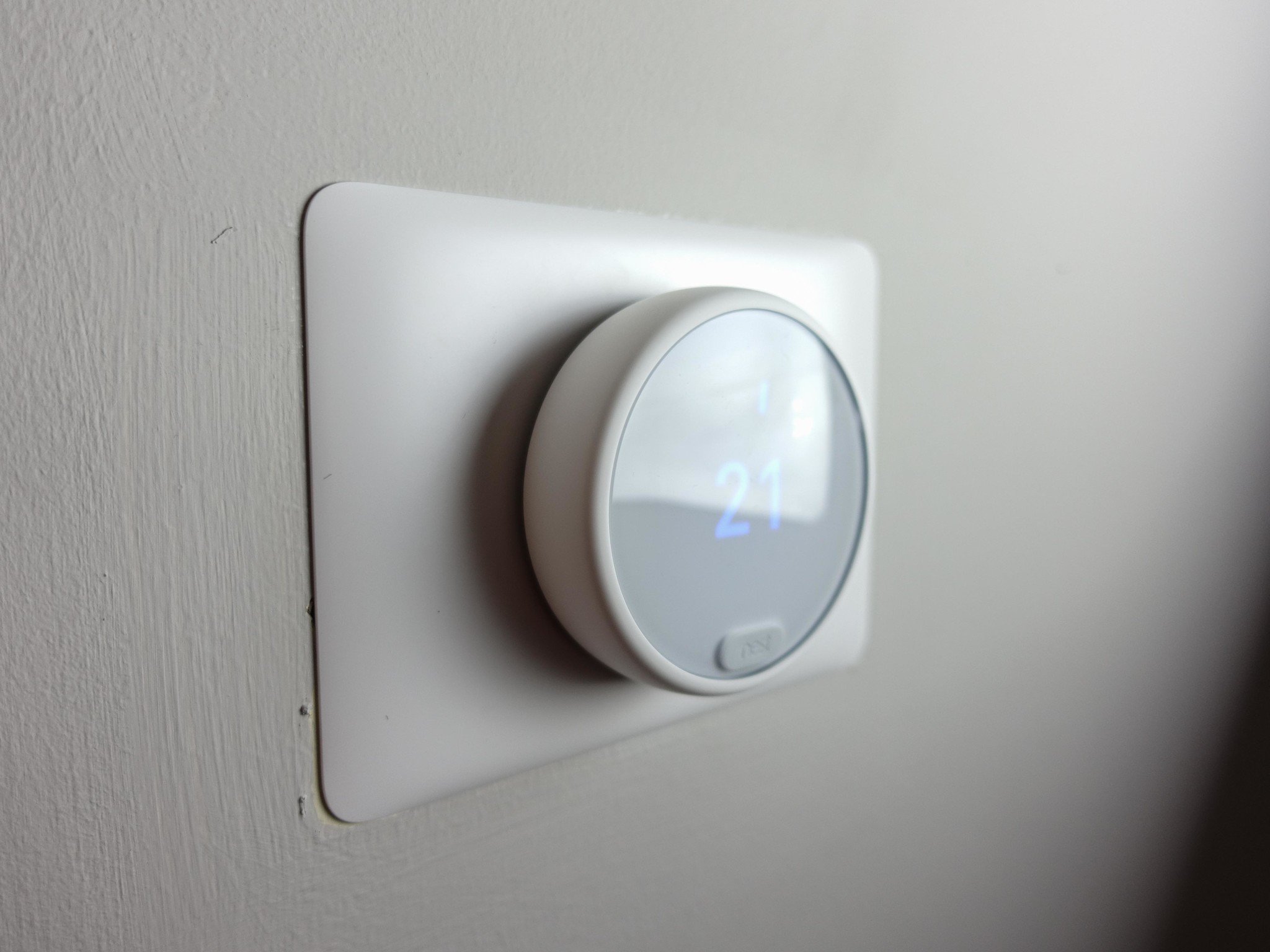


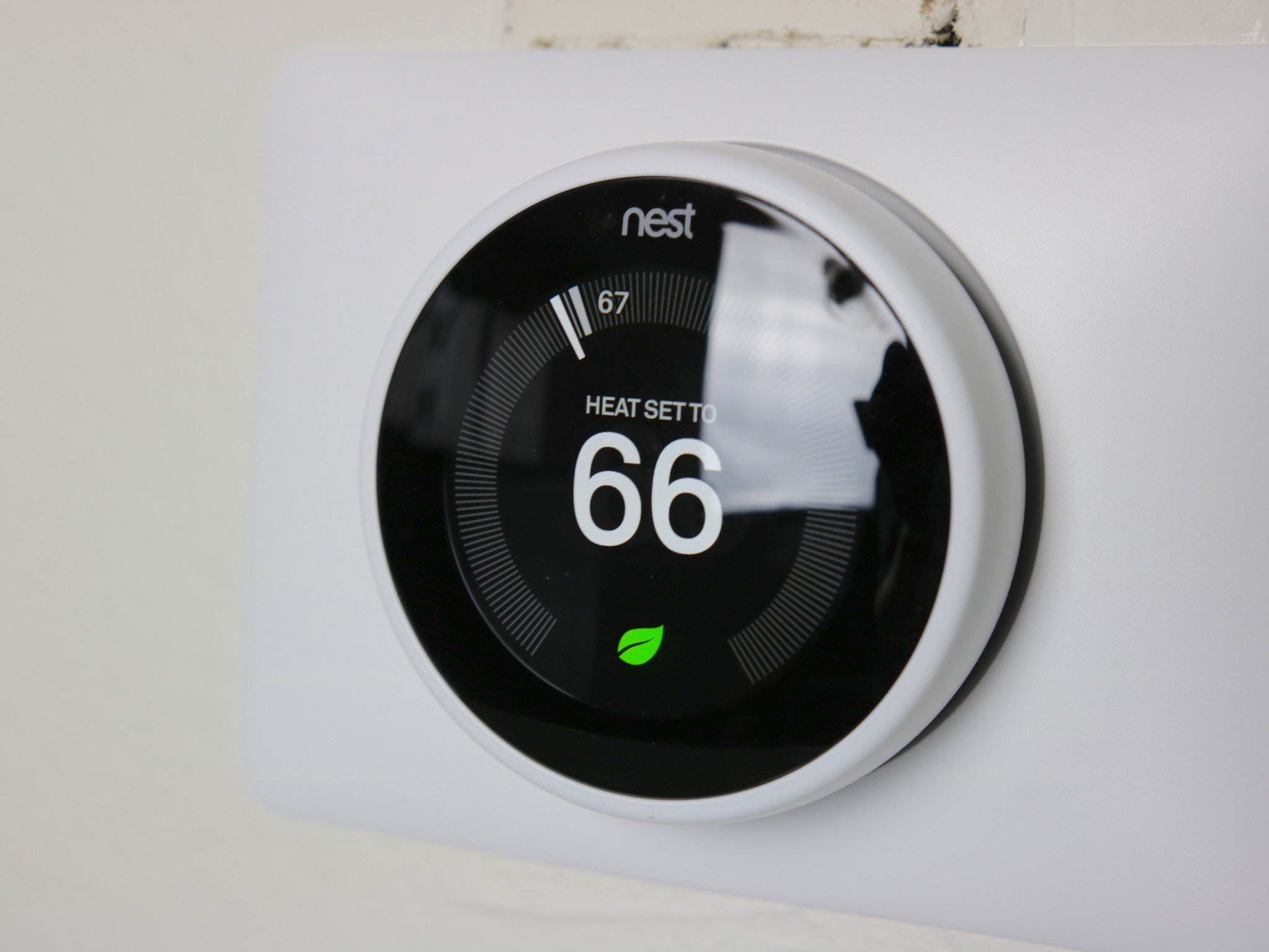
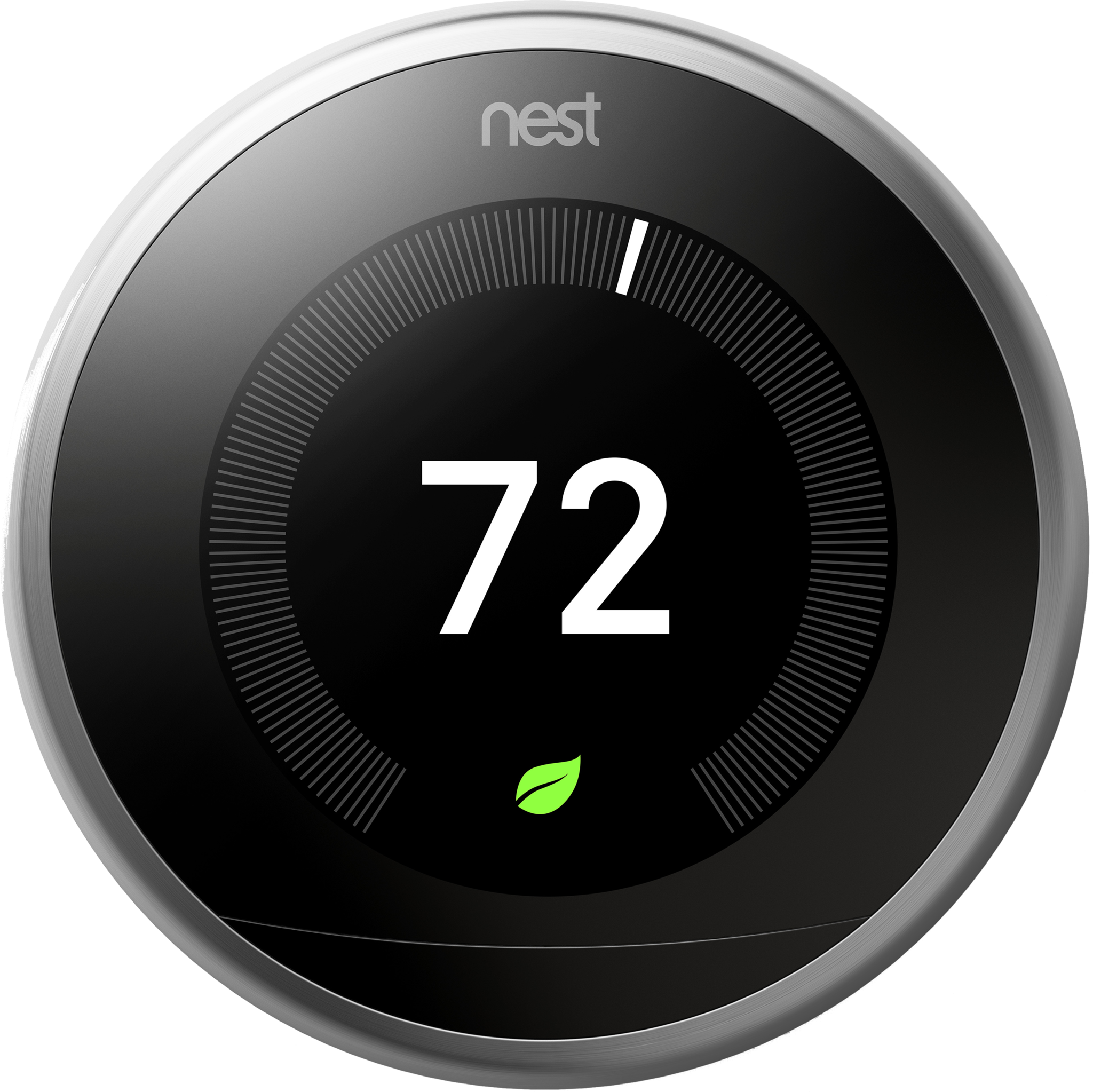



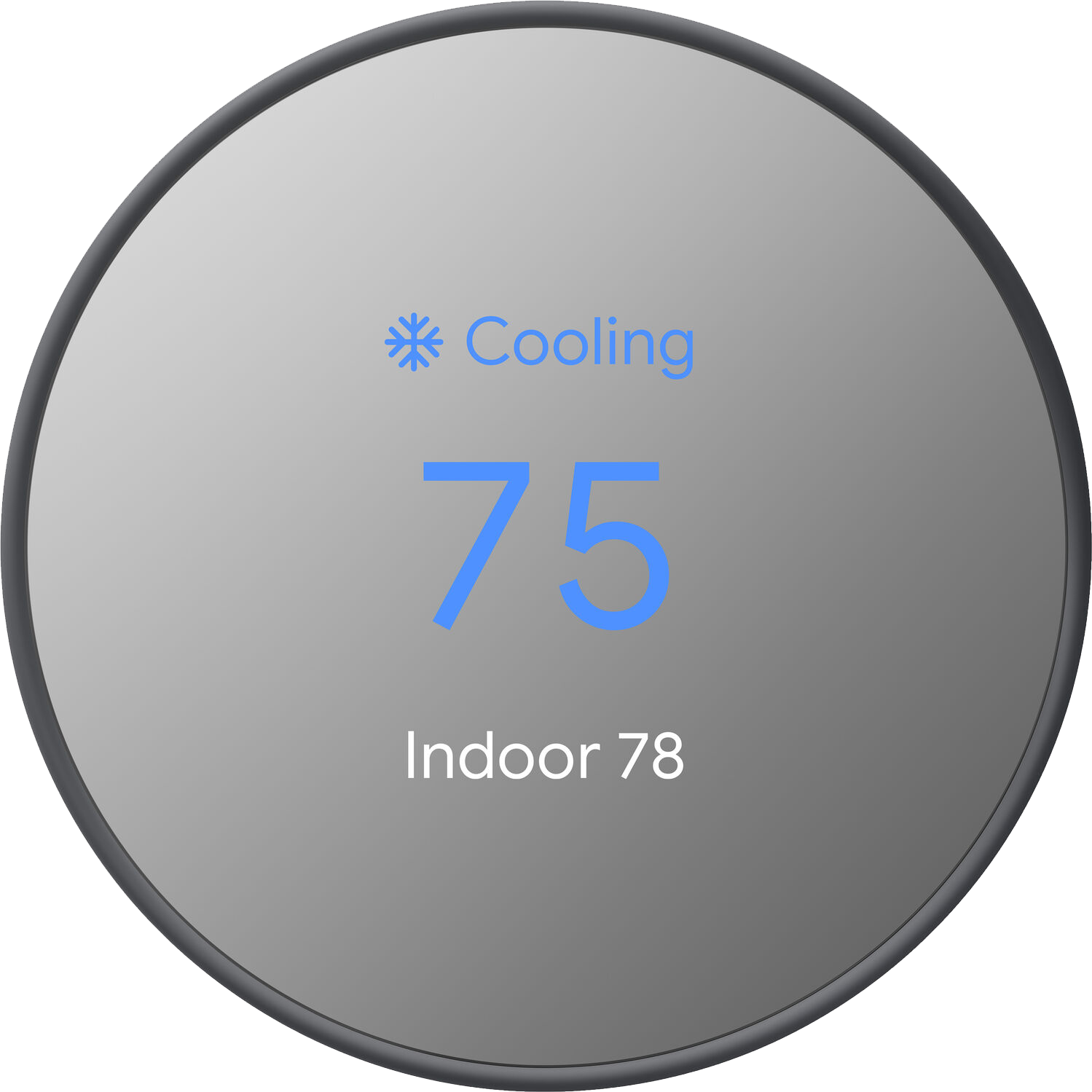
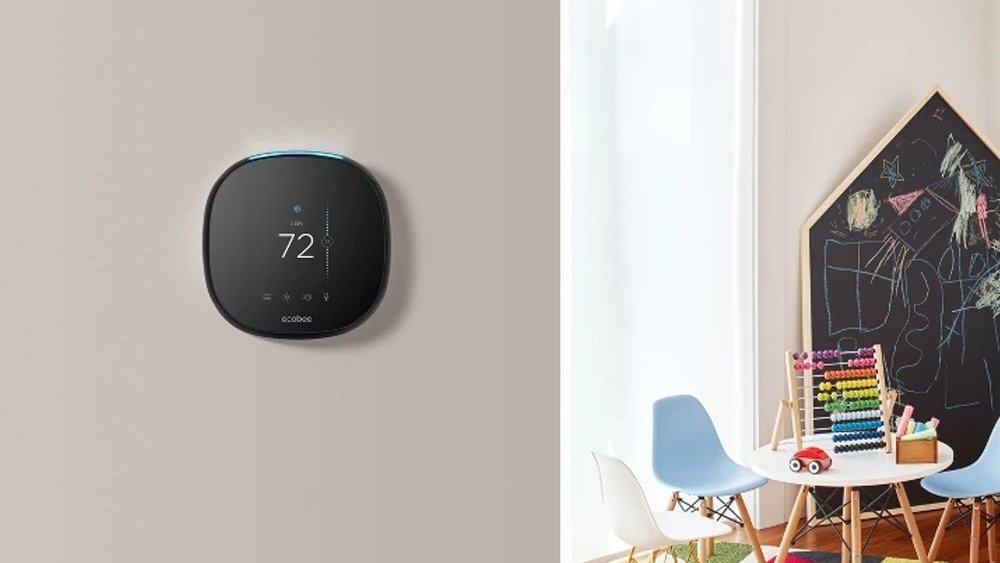

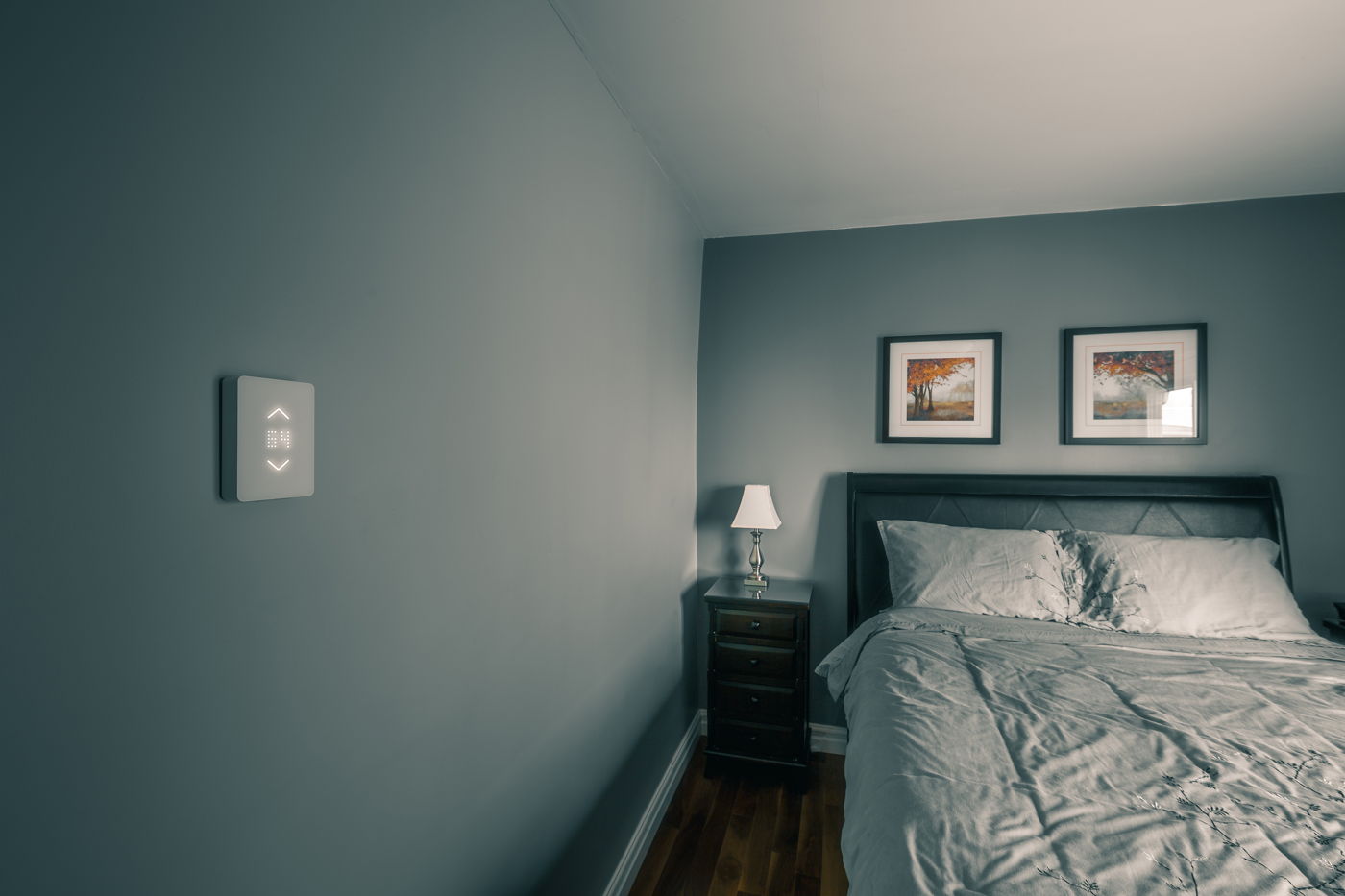
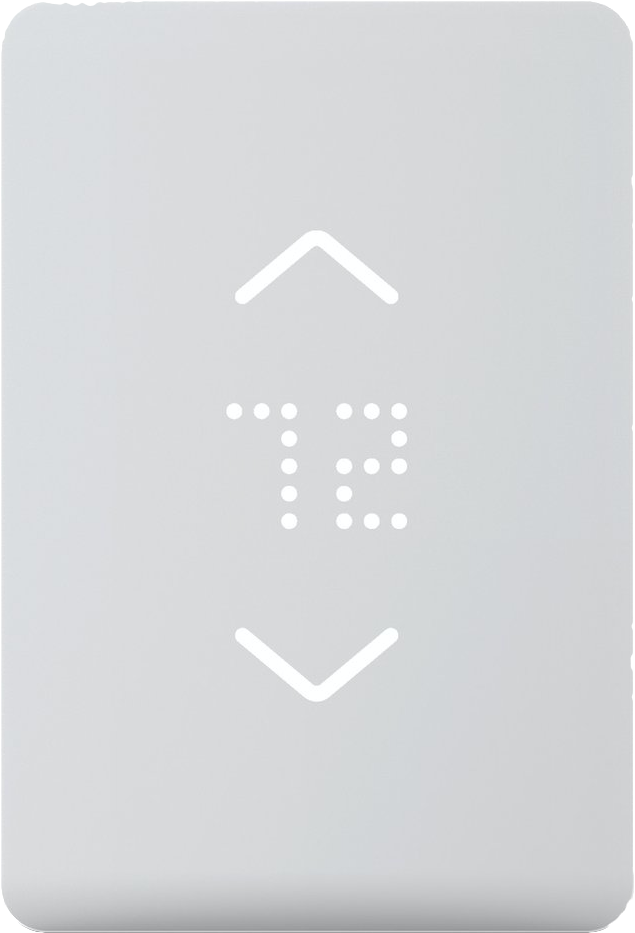
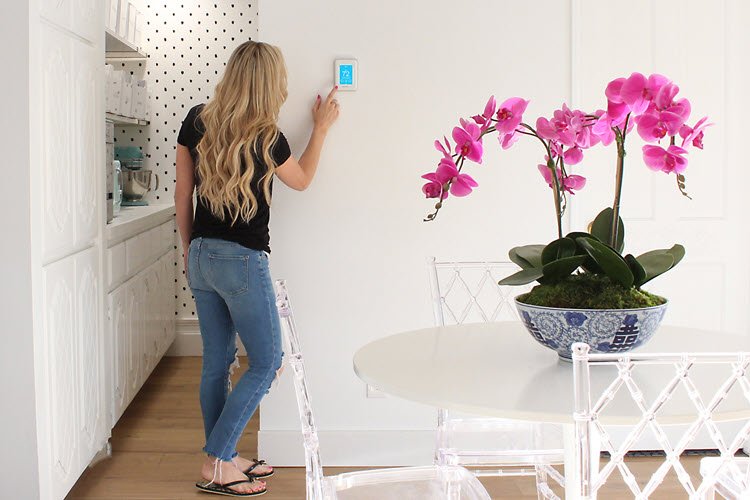



Post a Comment